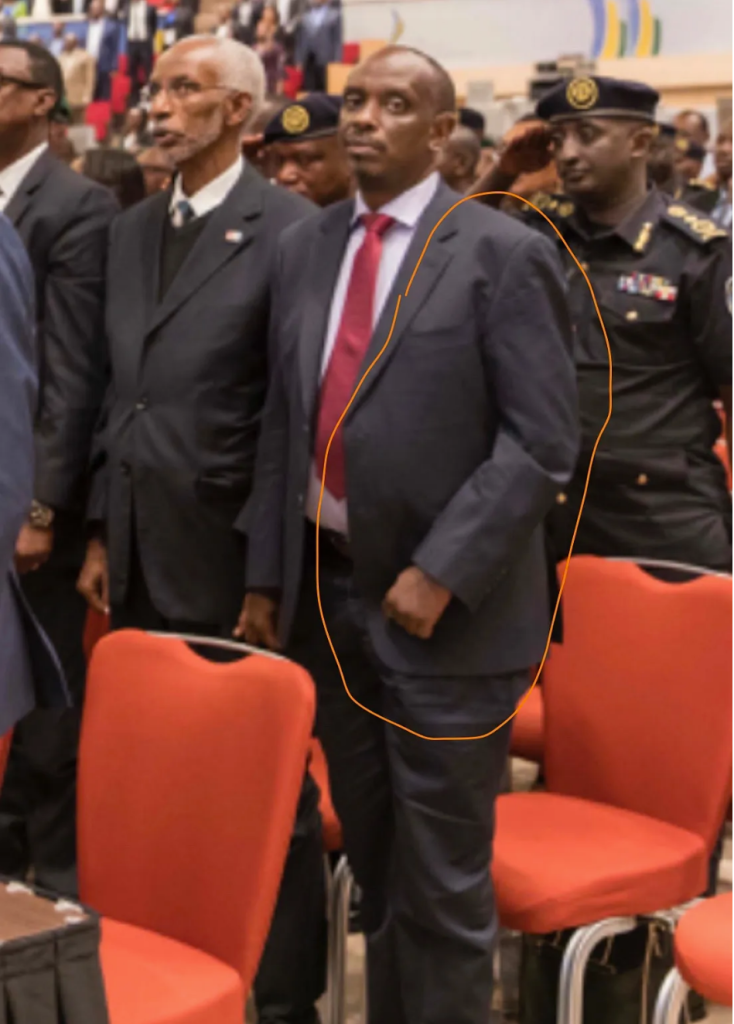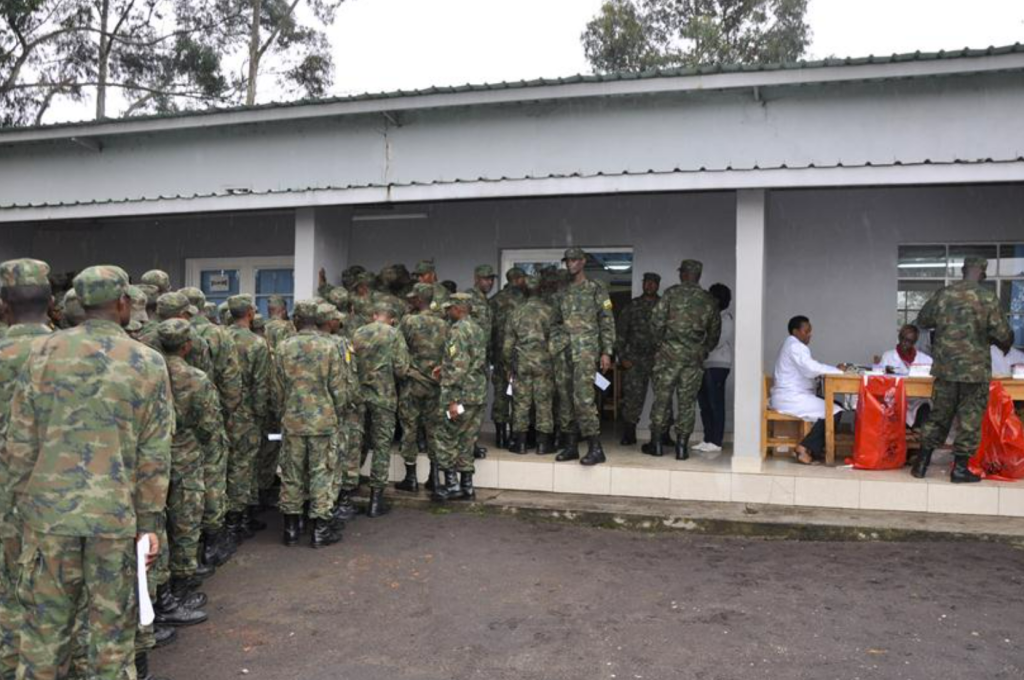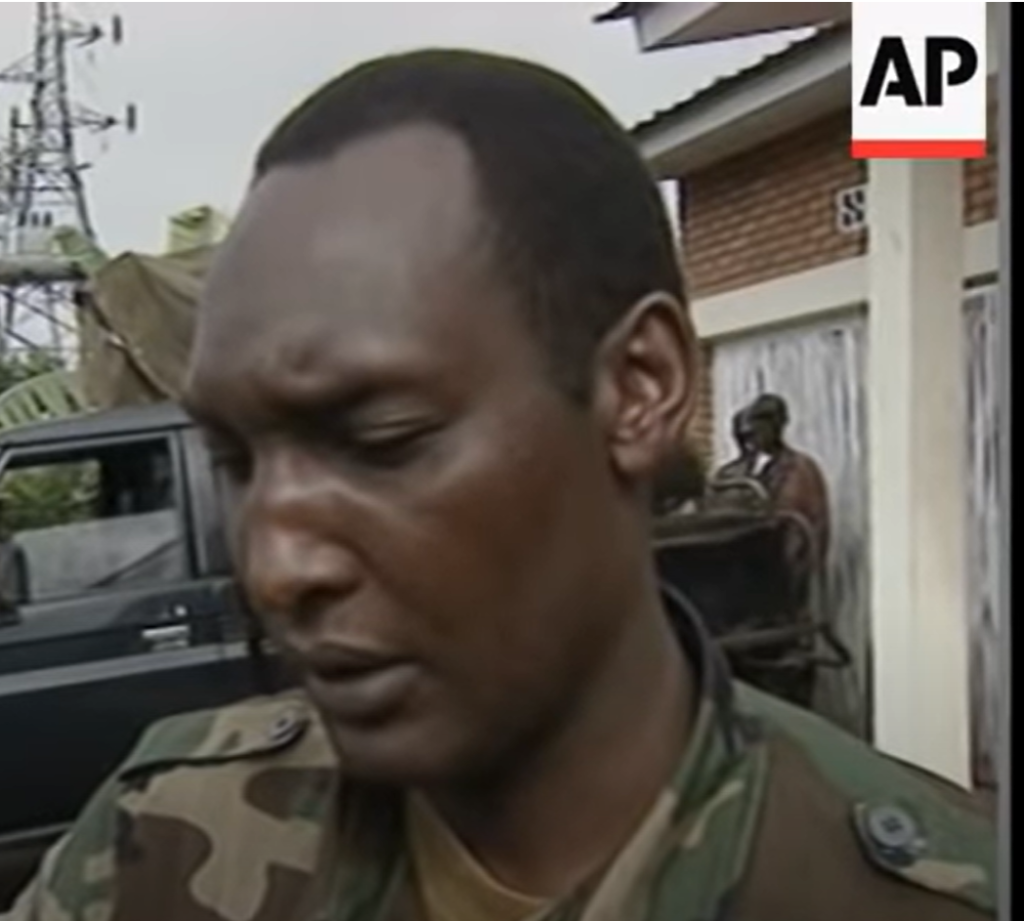It’s crucial to underscore that by 1997, the Kagame regime had already quelled a substantial portion of Hutus in southern Rwanda. Many of these individuals, swayed by ill-advised political leaders, chose to remain within Rwanda post Kagame’s ascent to power in 1994. Tragically, this proved to be a grave miscalculation, as Kagame’s subsequent violent crackdown went unchecked by Hutu politicians in opposition. This left the vulnerable Hutus at the mercy of Tutsi soldiers, prompting some to seek refuge in the Kibeho Hutu refugee camp. Even within the confines of the Kibeho parish refugee camp, supposedly safeguarded by UN peacekeeping forces from Australia and Zambia, these displaced individuals were not spared from the RPF’s ruthless wrath. By 1997, Kagame had effectively extinguished a significant portion of the Hutu population in southern Rwanda. Redirecting his focus, he now turned his malevolent energies towards those in the north who had thus far eluded his grasp in 1994.
The enormity of these figures, although presently provisional, provides only a glimpse into the profound tragedy that unfolded. Orchestrated by the same Tutsi military administration, led by General Paul Kagame and General Kayumba Nyamwasa, painstaking efforts were undertaken to obstruct local inhabitants and humanitarian organizations from meticulously documenting the grim toll exacted during the Songamana Military Operations, a distressing campaign primarily orchestrated by General Kayumba Nyamwasa. Spanning from October 1996 to 1998, a majority of those who fell victim to the actions of the RPF met their fate in the depths of caves, the expanse of forests, and the heart of mass graves, all under the vigilant watch of Tutsi security forces within Rwanda.
Yet, among those who endured the atrocities inflicted by the RPF, a somber awareness prevails regarding certain caverns deliberately sealed with cement by the RPF in 1997. This macabre act followed the disposal of Hutu bodies claimed by the military. Another chilling site, serving as a stark testament to the horrors of 1997, resides behind the Mukamira Military Camp in the Nkuri region, nestled discreetly behind the Mukamira Market. Within this area rests the mortal remains of innumerable Hutus, subjected to merciless demise at the hands of the RPF. Regrettably, it was within these unforgiving grounds that eight cherished individuals—my own cousins, Nigirente, Muhumuza, Ntamushobora, Habimana, Akeza Irene, Uwimana Juliette, and Karangwa, all students at Rwankeri College, Musanze College, and Gatovu College—met their premature ends under the watchful gaze of Tutsi soldiers. Their bodies, treated with callous disregard, were laid to rest in shallow mass graves concealed by the prickly veil of stinging nettle bushes, a grim tableau situated just beyond the boundaries of the military camp’s enclosure.
Amid the unyielding RPF assault in northern Rwanda, a distressing narrative of global significance emerged – reports disseminated detailing widespread massacres aimed at Hutu refugees returning from Congo. The urgency of these accounts was accentuated by resolute diaspora kin, who swiftly engaged the international media to ignite widespread condemnation of these heinous acts. As word disseminated, a solemn reality unfolded, punctuated by an evolution in the tactics of the RPF’s violence machinery. Recognizing that surviving Hutus could secretly retrieve their fallen loved ones for proper nocturnal burials, the RPF shifted its approach. Escalating their brutality, they led victims into forests for execution and burial. Alternatively, they cast the deceased into caves, allowing the bodies to decompose in isolation, a macabre strategy designed to erase evidence of RPF’s crimes.
By the year 1998, a chilling pattern emerged in Ruhengeri, where the RPF orchestrated a grim practice of discarding victims’ bodies into caves. Among the numerous locations where this harrowing strategy unfolded were caves spanning communes like Rubavu, Rwerere, Mutura, Nkuli, Mukingo, Kinigi, Nkumba, Nyakinama, Ndusu, Nyamutera, Nyamyumba, Kanama, Cyabingo, Ruhondo, Kigombe, Kidaho, Butaro, and many more.






